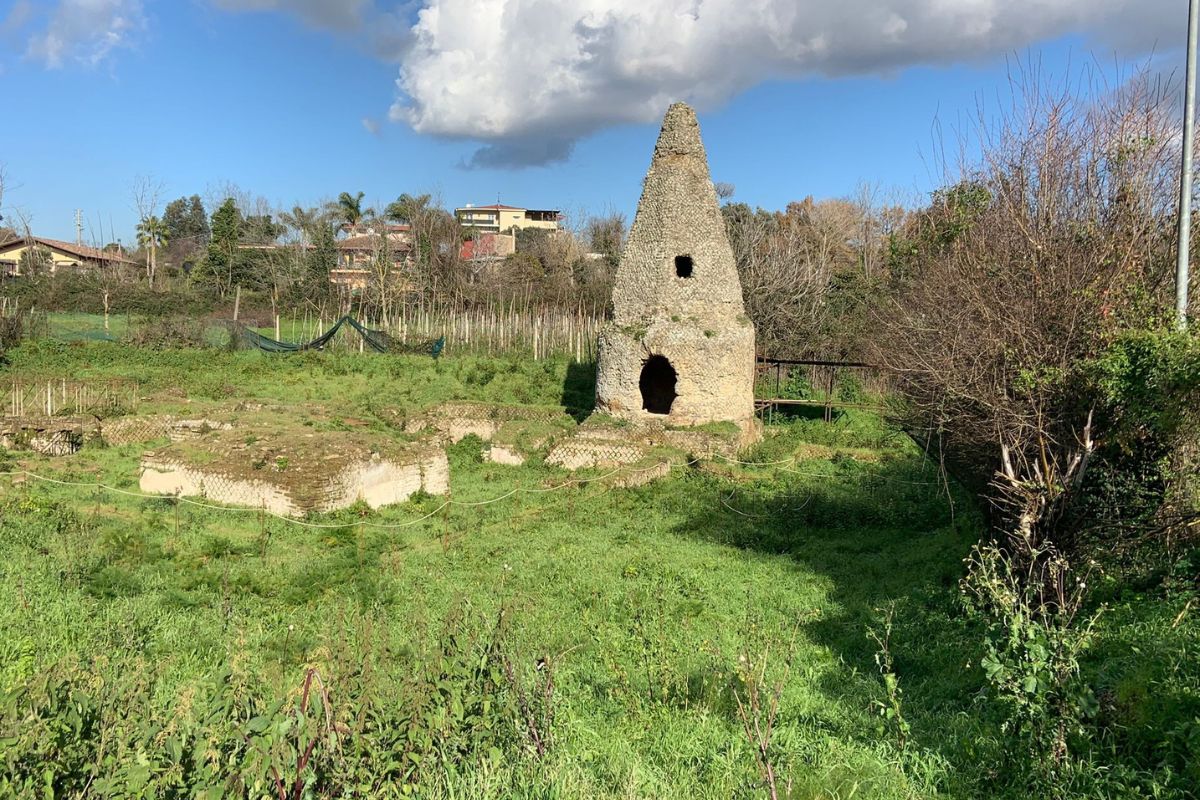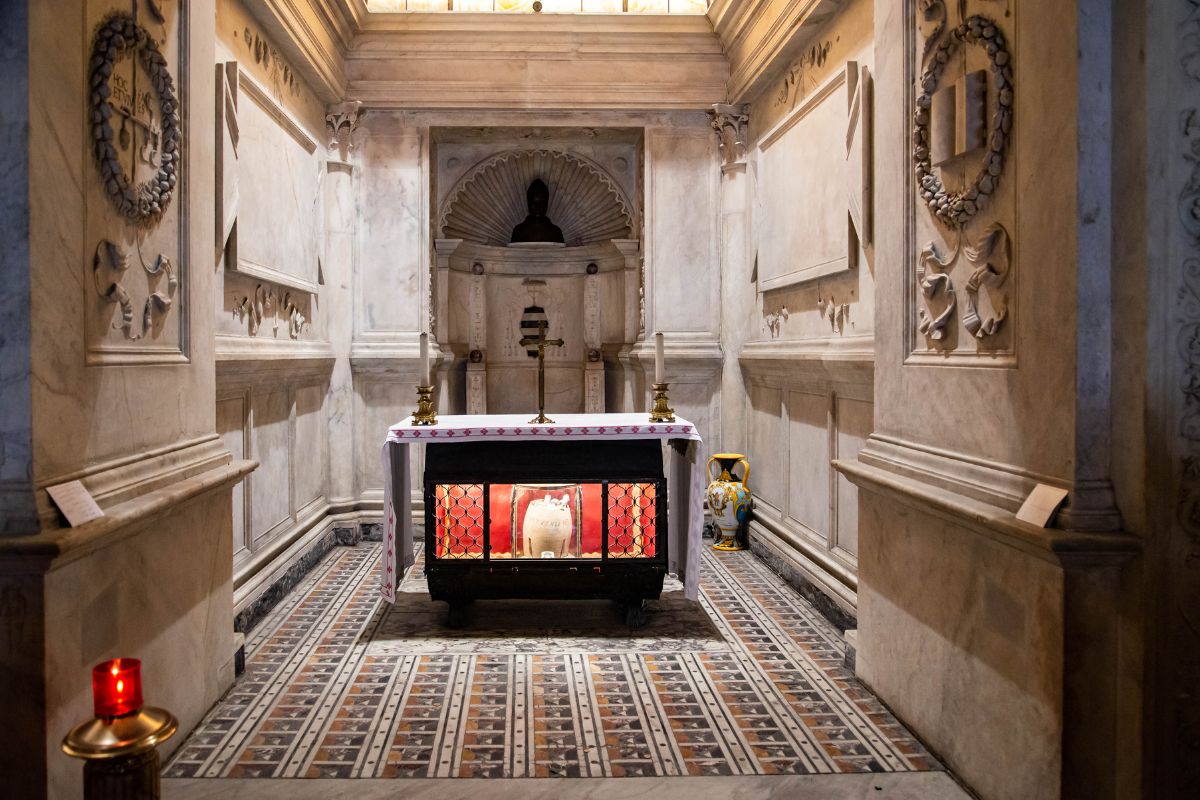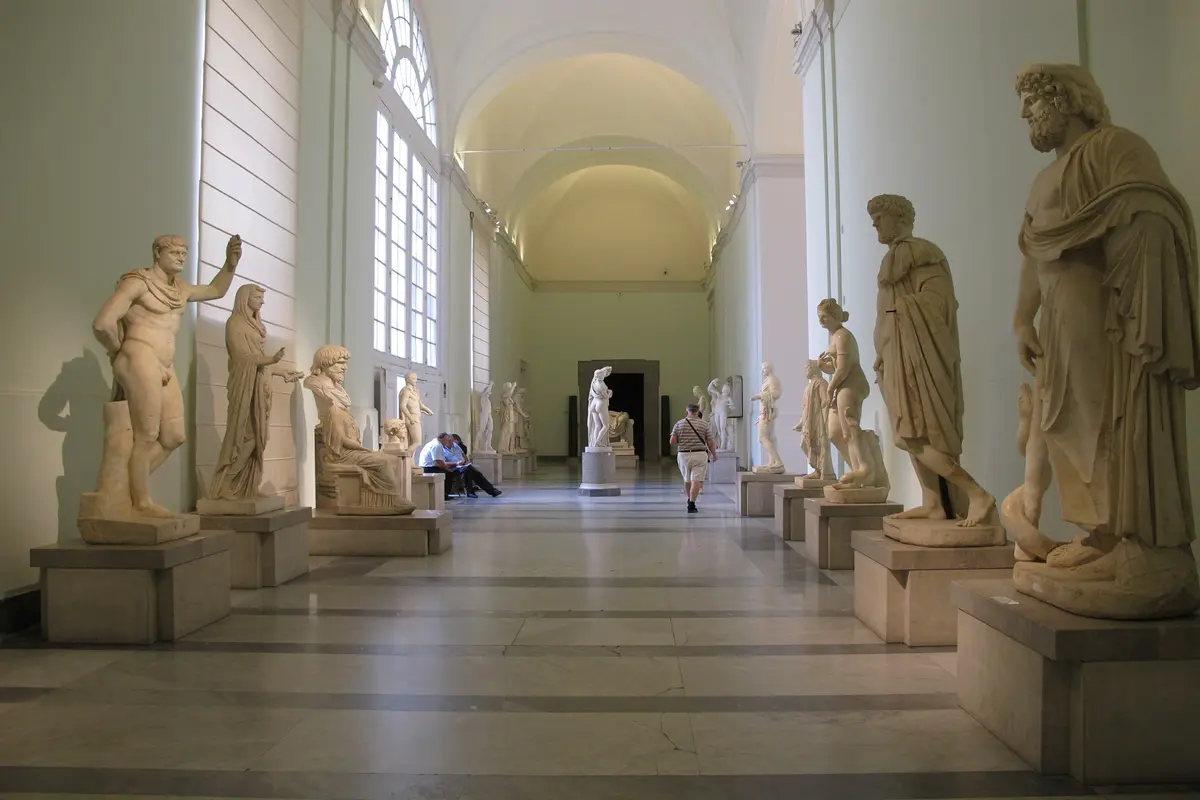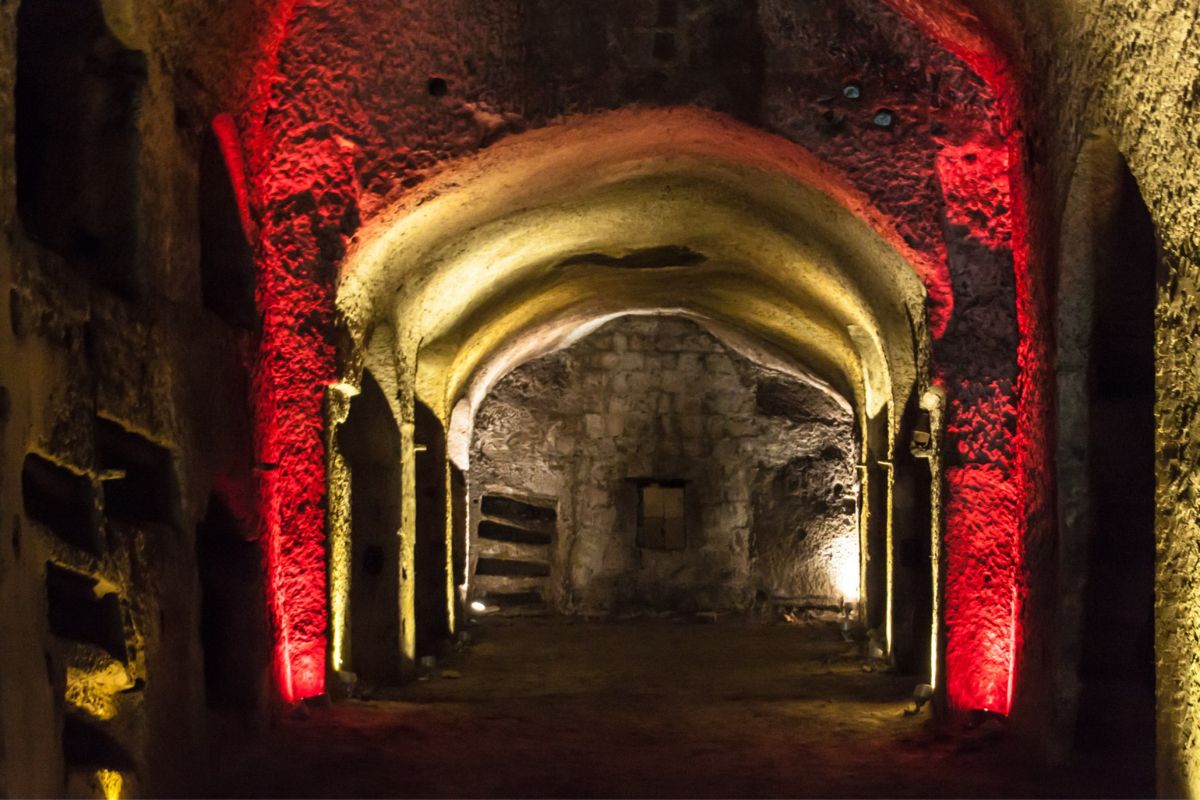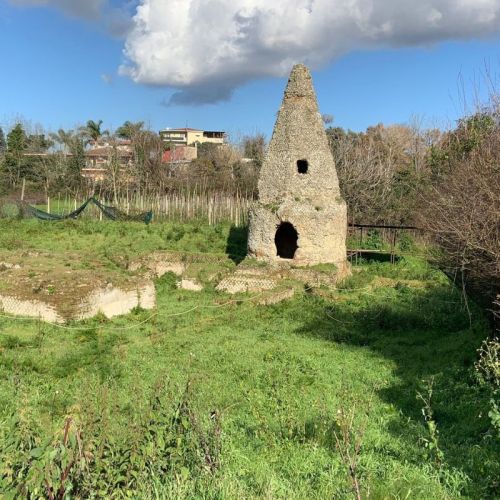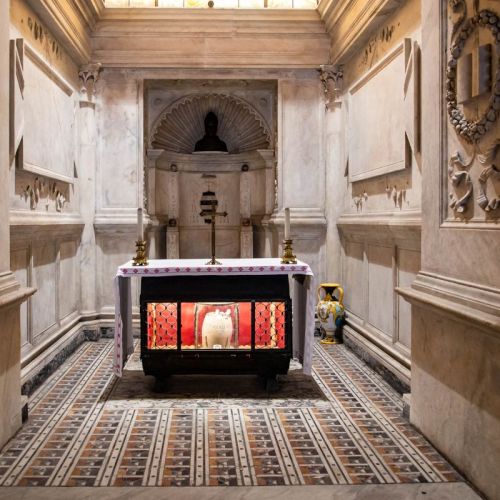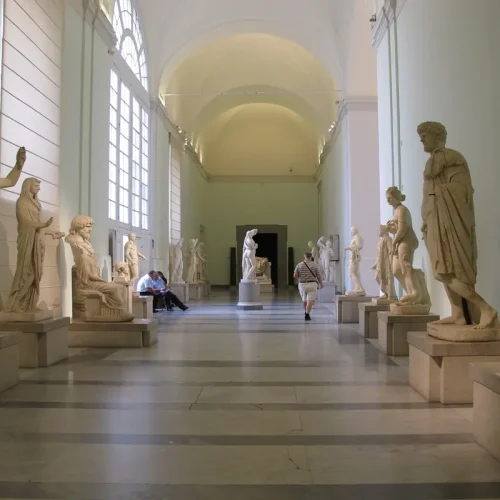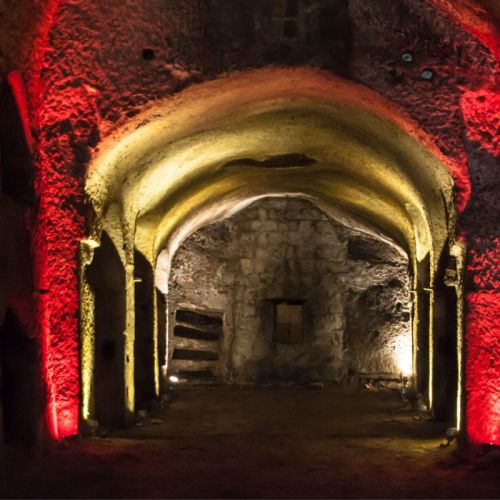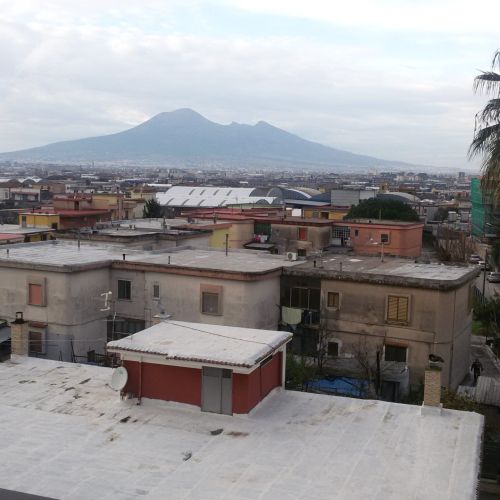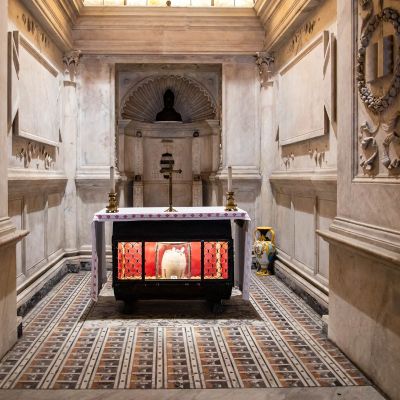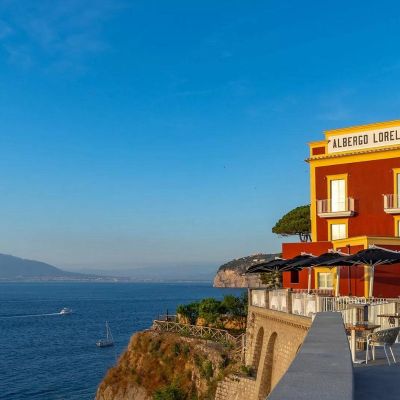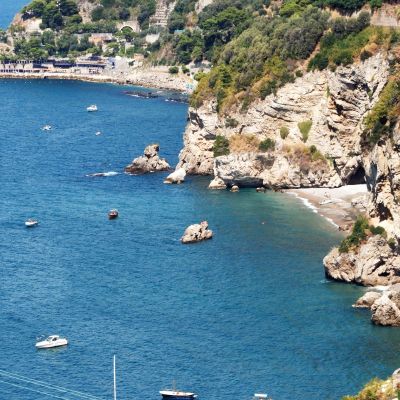Nestled in Quarto near Naples, the Mausoleo della Fescina stands as a testament to ancient Rome’s cultural and architectural diversity. This unique site, rediscovered in 1972, showcases the influence of Eastern traditions on Roman funerary practices, reflecting the deep connections between the Roman Empire and the broader Mediterranean world.
The Fescina Mausoleum dates back to the early imperial period of Rome, distinguished by its conical shape—a rare architectural feat in the Campania region. Its design is thought to reflect the Eastern influences permeating through the Roman Empire, possibly indicating the resting place of a prominent individual or family with strong Eastern ties. This section will delve into the architectural features of the mausoleum, comparing it with other Roman funerary monuments to highlight its uniqueness and significance in Roman architectural history.
Originally serving as a final resting place, the Mausoleo della Fescina was part of a larger necropolis that included cremation sites, altars, and priestly enclosures. This setup underscores the complex funeral rites and ceremonies of ancient Rome, where honoring the dead went beyond mere burial practices. Exploring the functional aspects of the mausoleum will provide insights into the social and religious norms of the time, offering a glimpse into the lives and beliefs of the Romans who built and used these sacred spaces.
The discovery of the Mausoleo della Fescina in 1972 by the Gruppo Archeologico Napoletano marked a significant moment in the preservation of Italy’s archaeological heritage. Initially overlooked as an agricultural structure, the mausoleum’s true importance was unveiled through dedicated archaeological exploration, revealing a vast necropolis that offered new insights into ancient Roman funeral practices and social structures. This section will recount the story of its discovery, the initial challenges faced by archaeologists, and the subsequent efforts to preserve and study this remarkable site.
Naples, a city rich in history and culture, holds a special place in its heart for San Gennaro, its patron…
Naples, a city where history whispers from every corner, offers a unique opportunity to immerse yourself in its rich cultural…
Naples, a city where the aroma of freshly baked pizza intertwines with the sea breeze, offers an unparalleled culinary experience….
The Carnevale festivities in Naples offer a unique and unforgettable experience, especially the event hosted in the Galleria Borbonica. This…
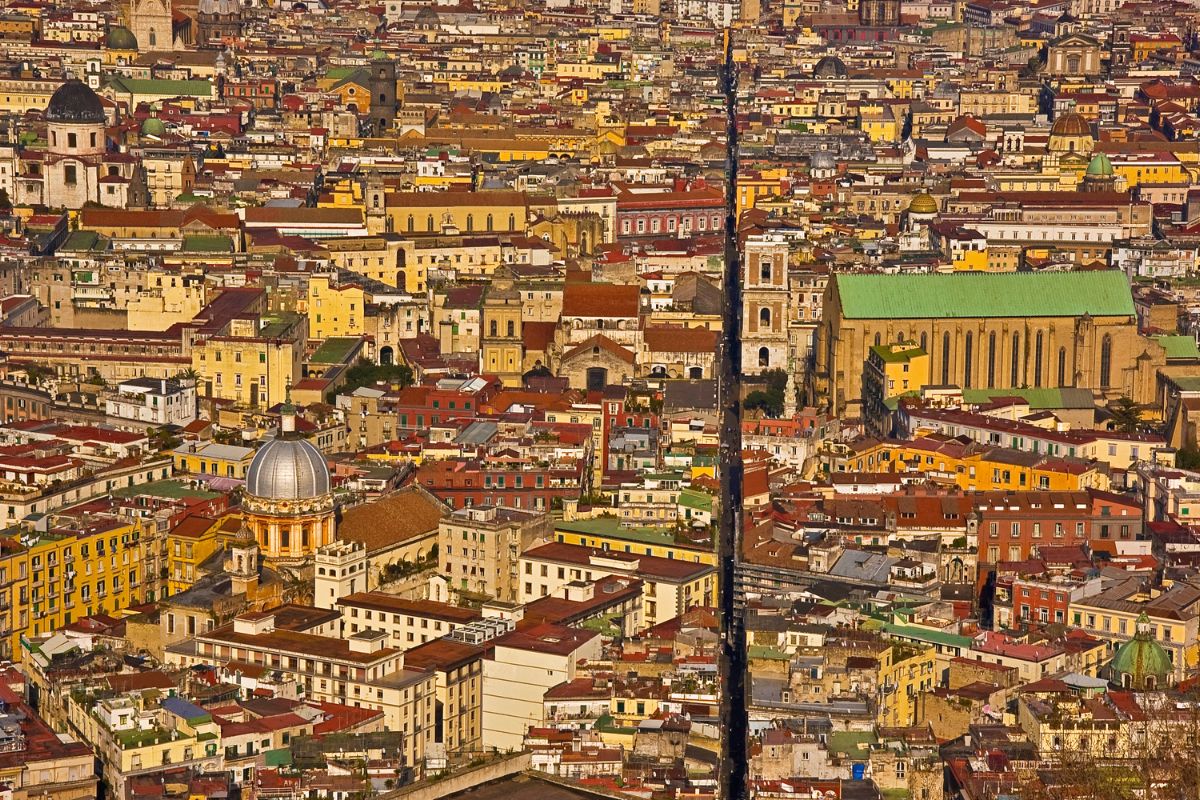
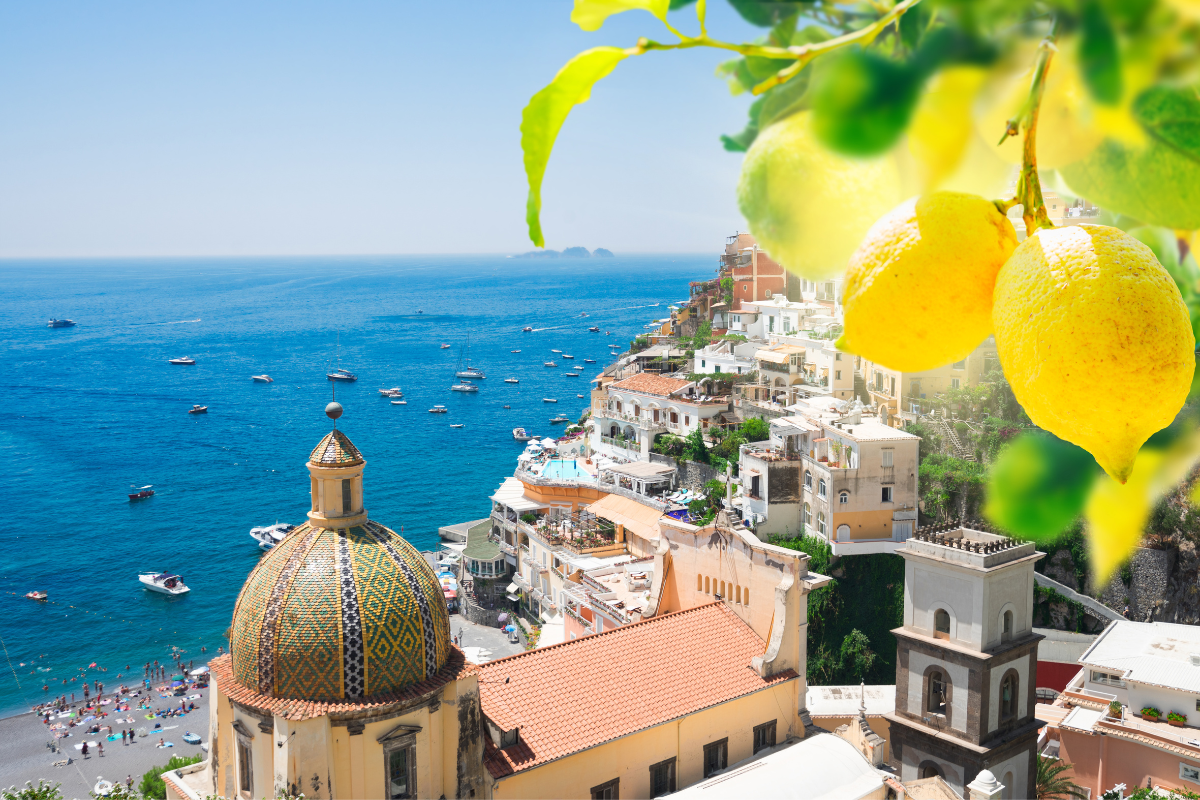

Nestled in Quarto near Naples, the Mausoleo della Fescina stands as a testament to ancient Rome’s cultural and architectural diversity. This unique site, rediscovered in 1972, showcases the influence of Eastern traditions on Roman funerary practices, reflecting the deep connections between the Roman Empire and the broader Mediterranean world.
The Fescina Mausoleum dates back to the early imperial period of Rome, distinguished by its conical shape—a rare architectural feat in the Campania region. Its design is thought to reflect the Eastern influences permeating through the Roman Empire, possibly indicating the resting place of a prominent individual or family with strong Eastern ties. This section will delve into the architectural features of the mausoleum, comparing it with other Roman funerary monuments to highlight its uniqueness and significance in Roman architectural history.
Originally serving as a final resting place, the Mausoleo della Fescina was part of a larger necropolis that included cremation sites, altars, and priestly enclosures. This setup underscores the complex funeral rites and ceremonies of ancient Rome, where honoring the dead went beyond mere burial practices. Exploring the functional aspects of the mausoleum will provide insights into the social and religious norms of the time, offering a glimpse into the lives and beliefs of the Romans who built and used these sacred spaces.
The discovery of the Mausoleo della Fescina in 1972 by the Gruppo Archeologico Napoletano marked a significant moment in the preservation of Italy’s archaeological heritage. Initially overlooked as an agricultural structure, the mausoleum’s true importance was unveiled through dedicated archaeological exploration, revealing a vast necropolis that offered new insights into ancient Roman funeral practices and social structures. This section will recount the story of its discovery, the initial challenges faced by archaeologists, and the subsequent efforts to preserve and study this remarkable site.
Naples, a city rich in history and culture, holds a special place in its heart for San Gennaro, its patron…
Naples, a city where history whispers from every corner, offers a unique opportunity to immerse yourself in its rich cultural…
Naples, a city where the aroma of freshly baked pizza intertwines with the sea breeze, offers an unparalleled culinary experience….
The Carnevale festivities in Naples offer a unique and unforgettable experience, especially the event hosted in the Galleria Borbonica. This…
Naples, Italy, is a city woven with rich culinary traditions, standing proudly as the birthplace of one of the world’s…
Naples, a city known for its rich cultural tapestry, welcomes art enthusiasts to the “Pasión Picasso” exhibit at the Archivio…
A Month-Long Carnival FiestaGet ready to immerse yourself in the vibrant festivities of Palma Campania’s historic Carnival! This year, from…
A Journey Back to the Bourbon Era On January 14, 2024, step back in time at Villa Campolieto, a gem…
The Festive Spirit of Sant’Antonio AbateGet ready to dive into the heart of Neapolitan culture with the grand “Sagra Della…
Useful things to know before you visit greece
Lorem ipsum dolor sit amet, consectetur adipisicing elit, sed do eiusmod tempor incididunt ut labore et dolore magna aliqua. Ut enim ad minim veniam, quis nostrud exercitation ullamco laboris nisi ut
Lorem ipsum dolor sit amet, consectetur adipisicing elit, sed do eiusmod tempor incididunt ut labore et dolore magna aliqua. Ut enim ad minim veniam, quis nostrud exercitation ullamco laboris nisi ut



